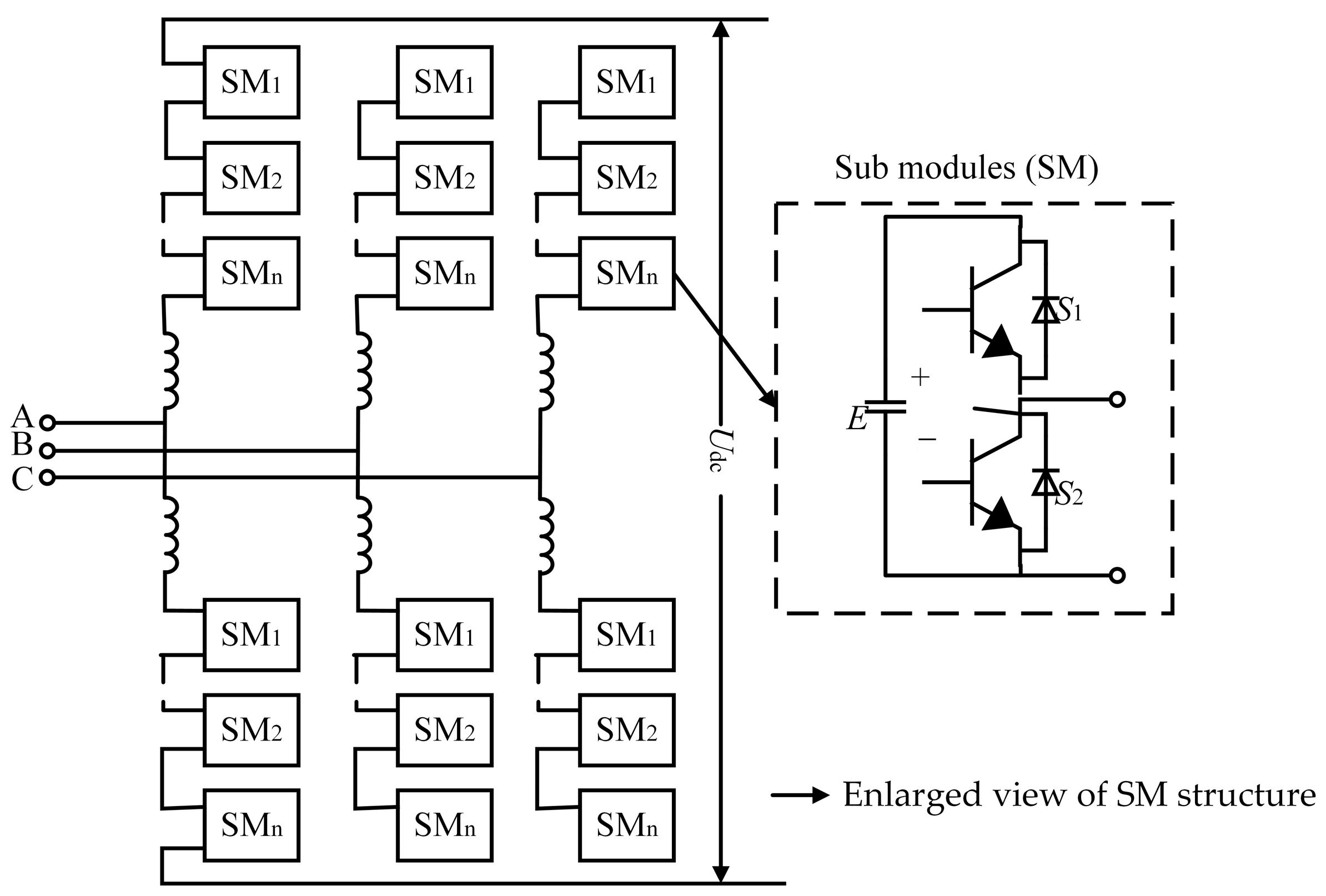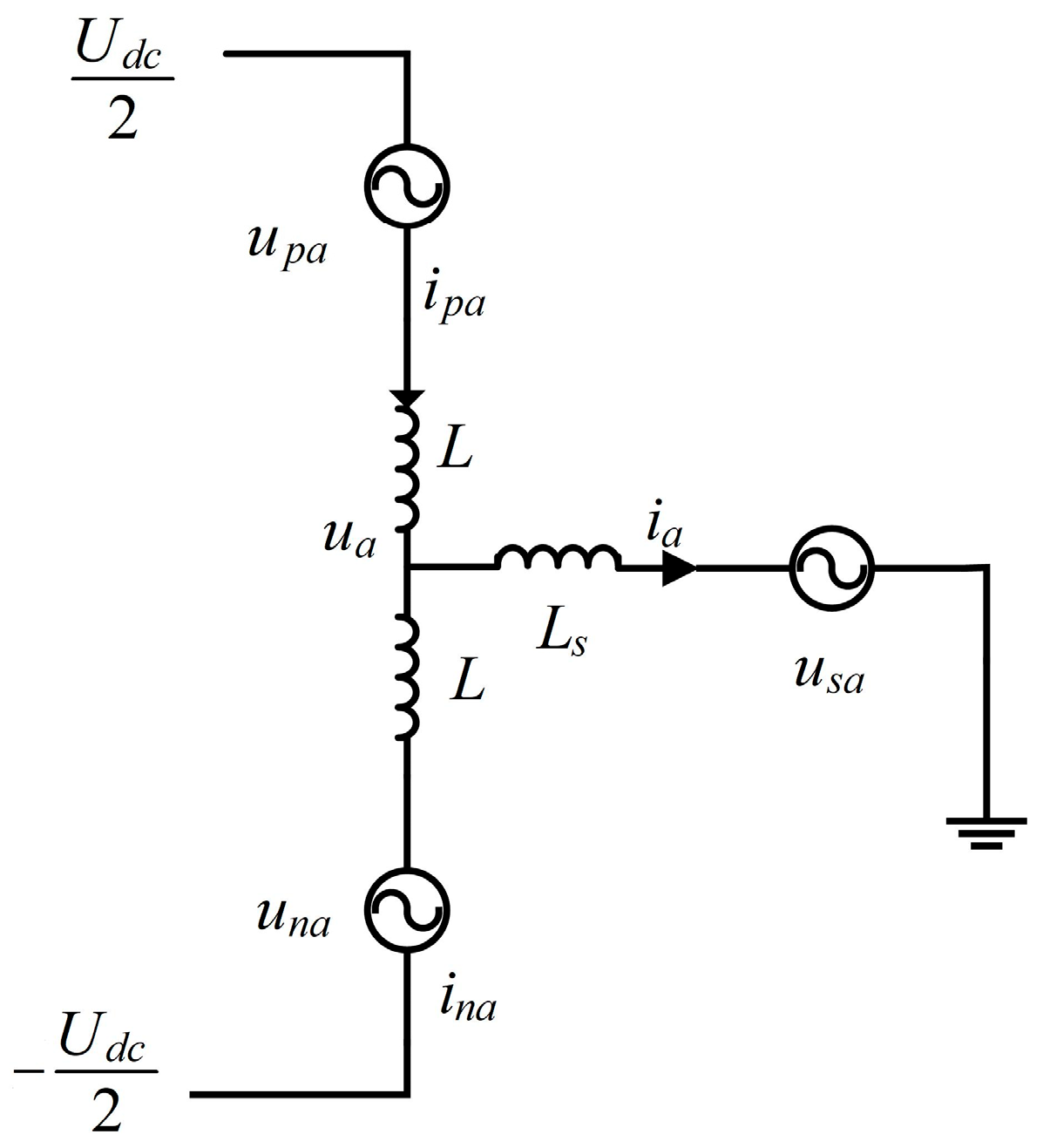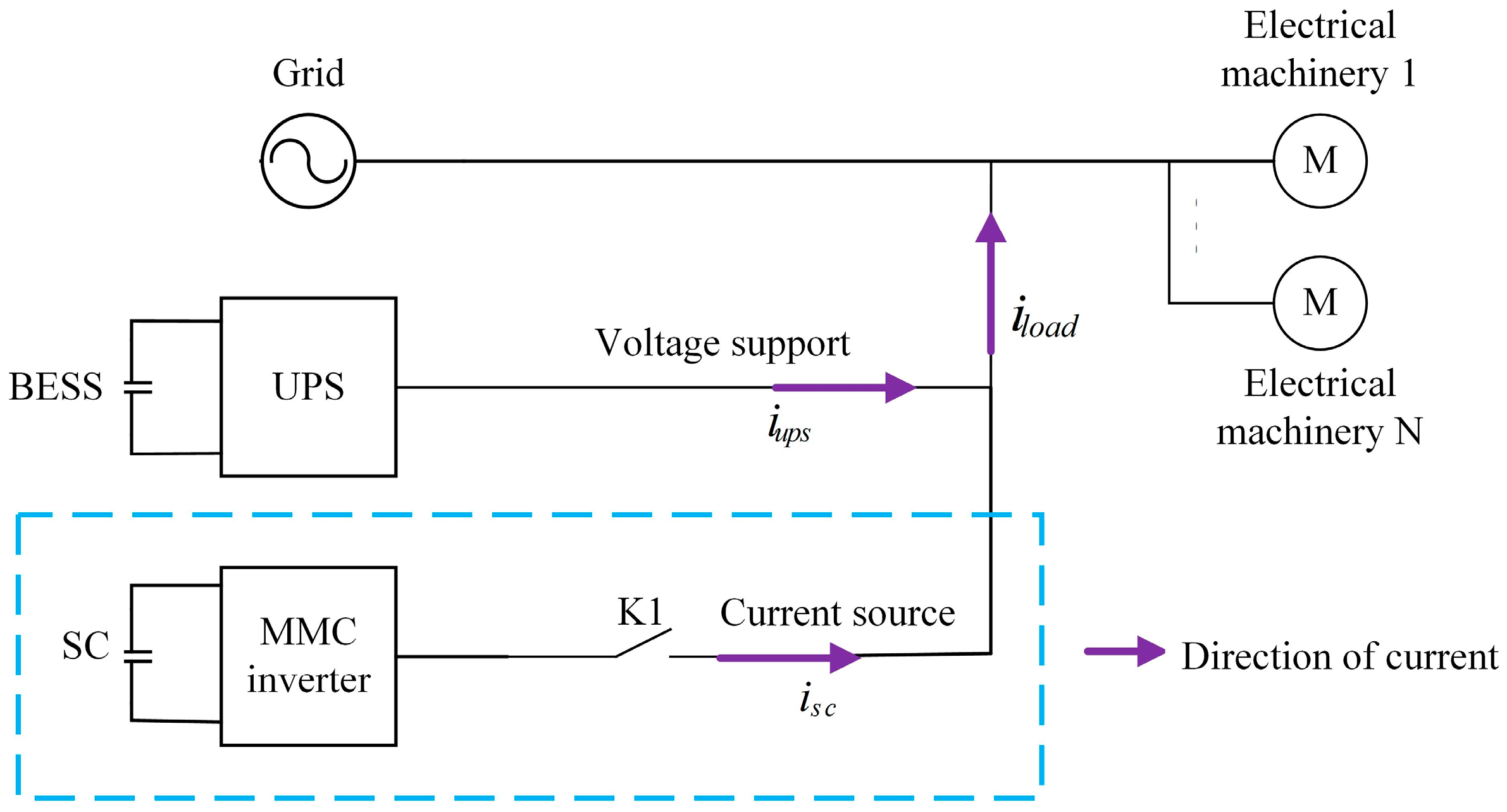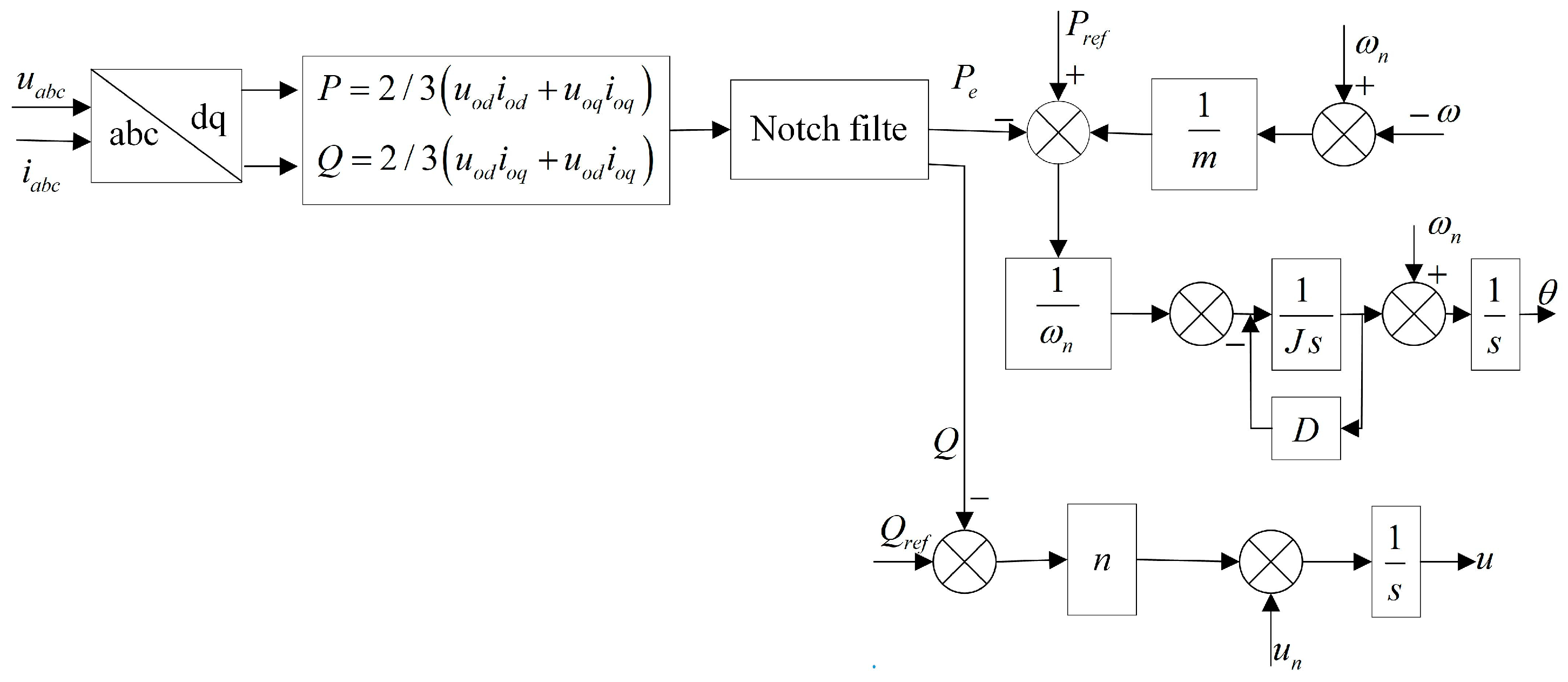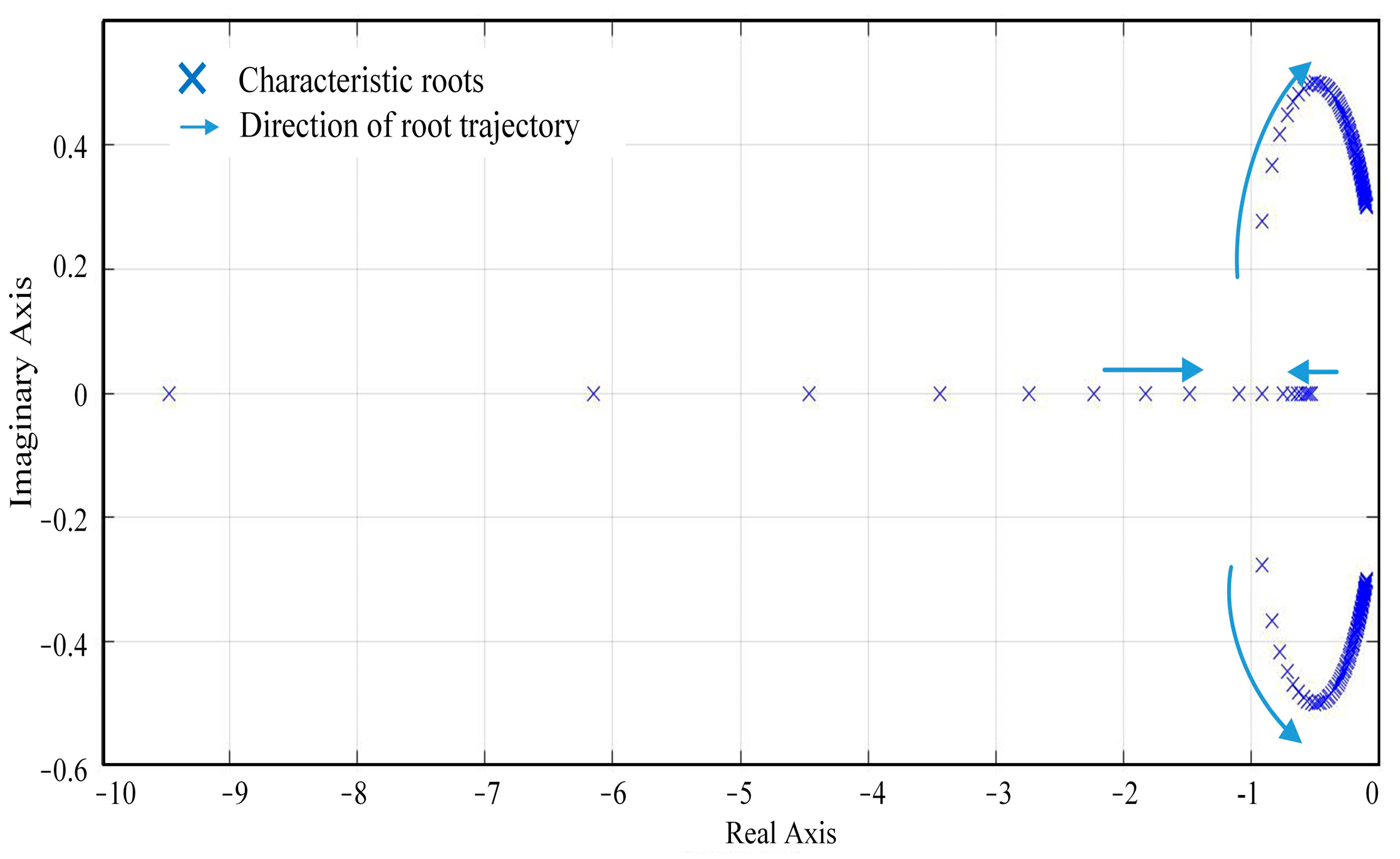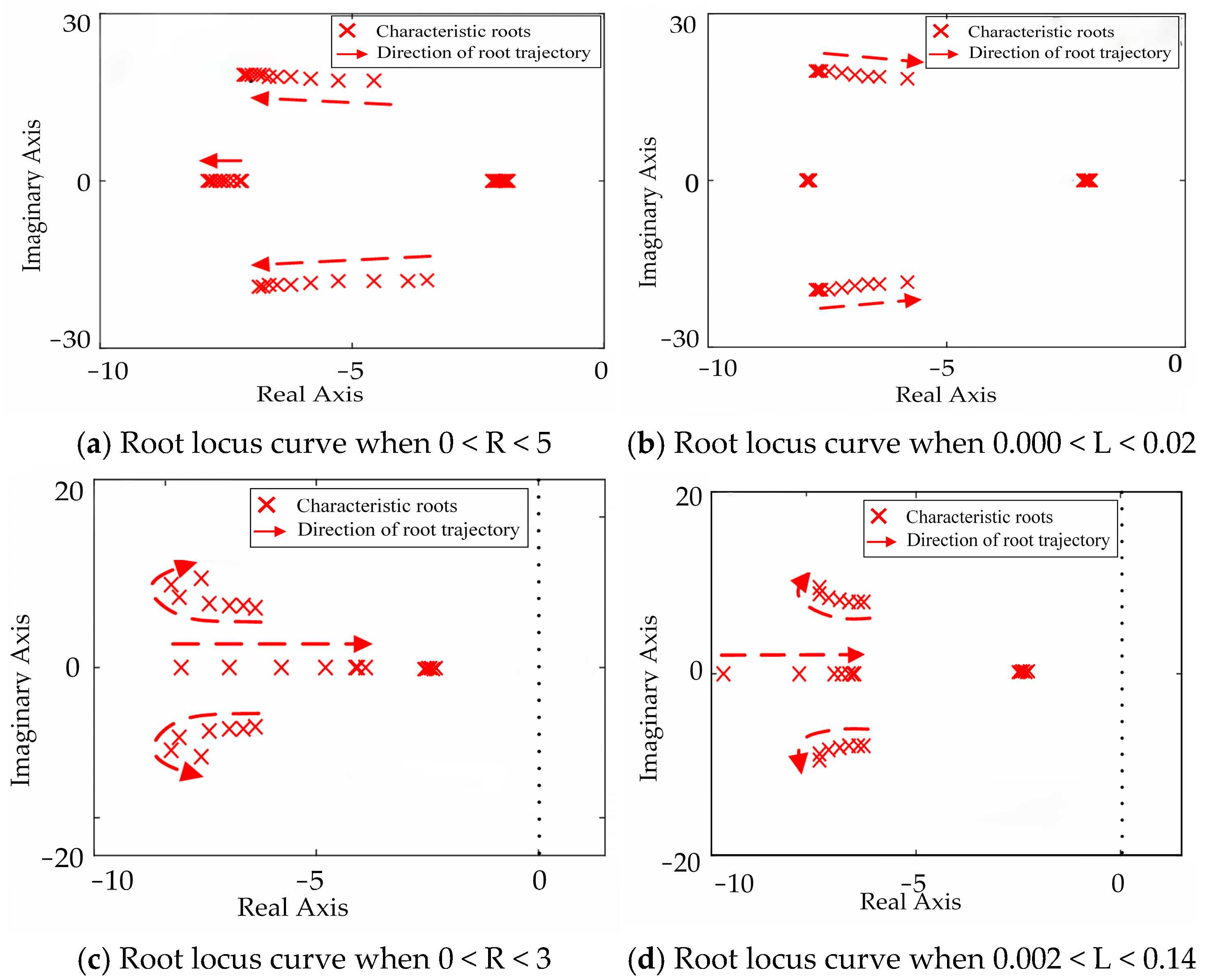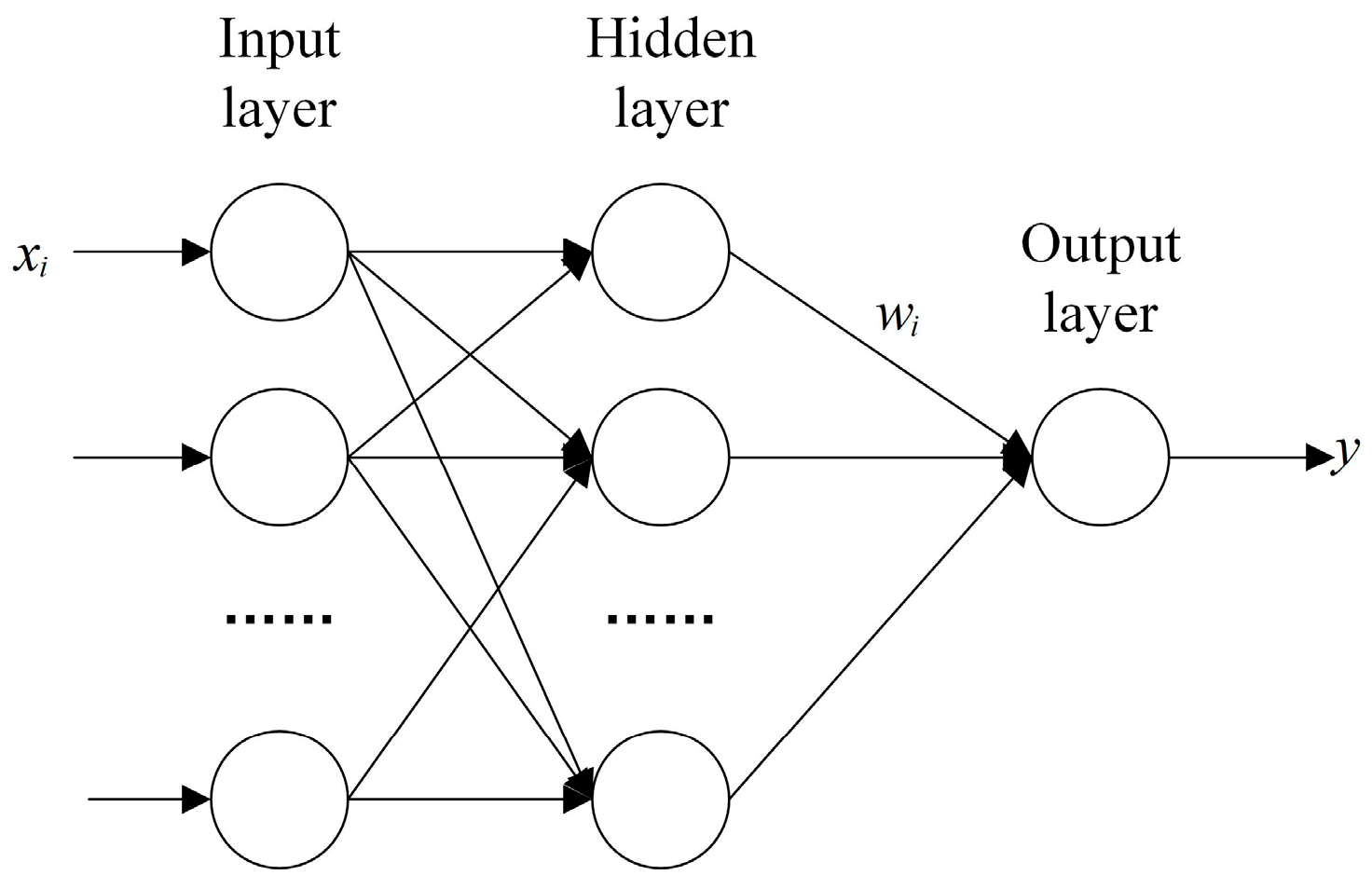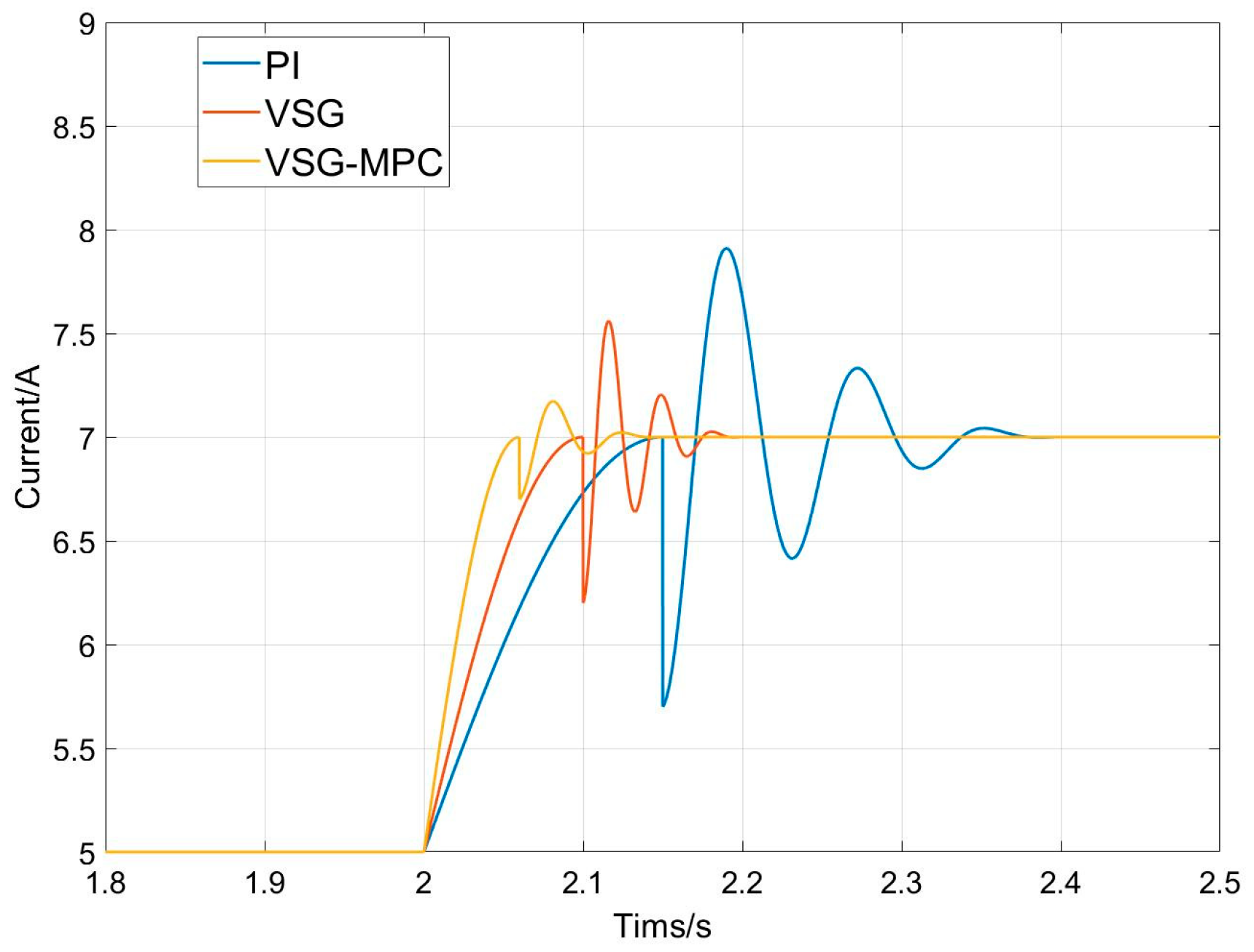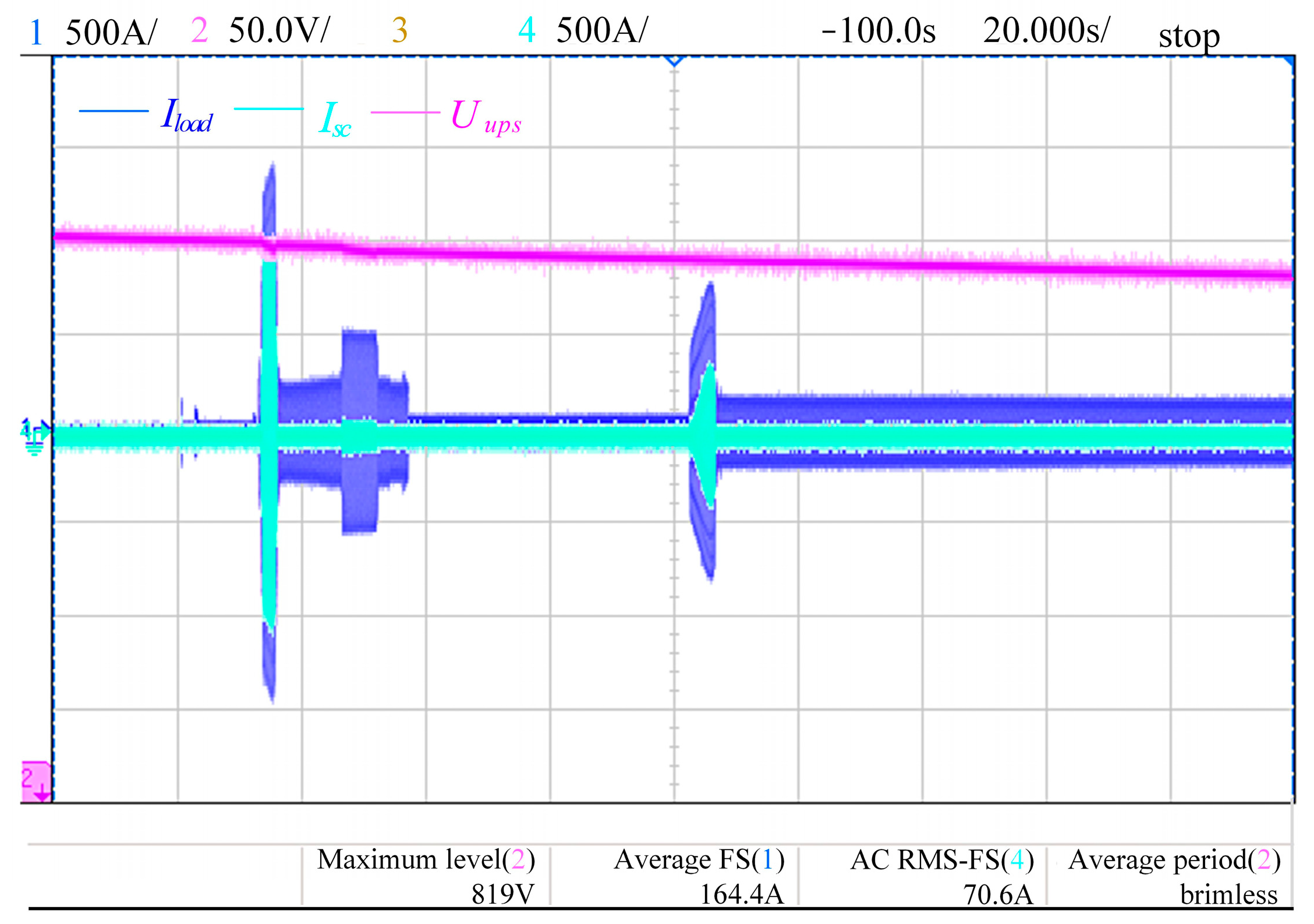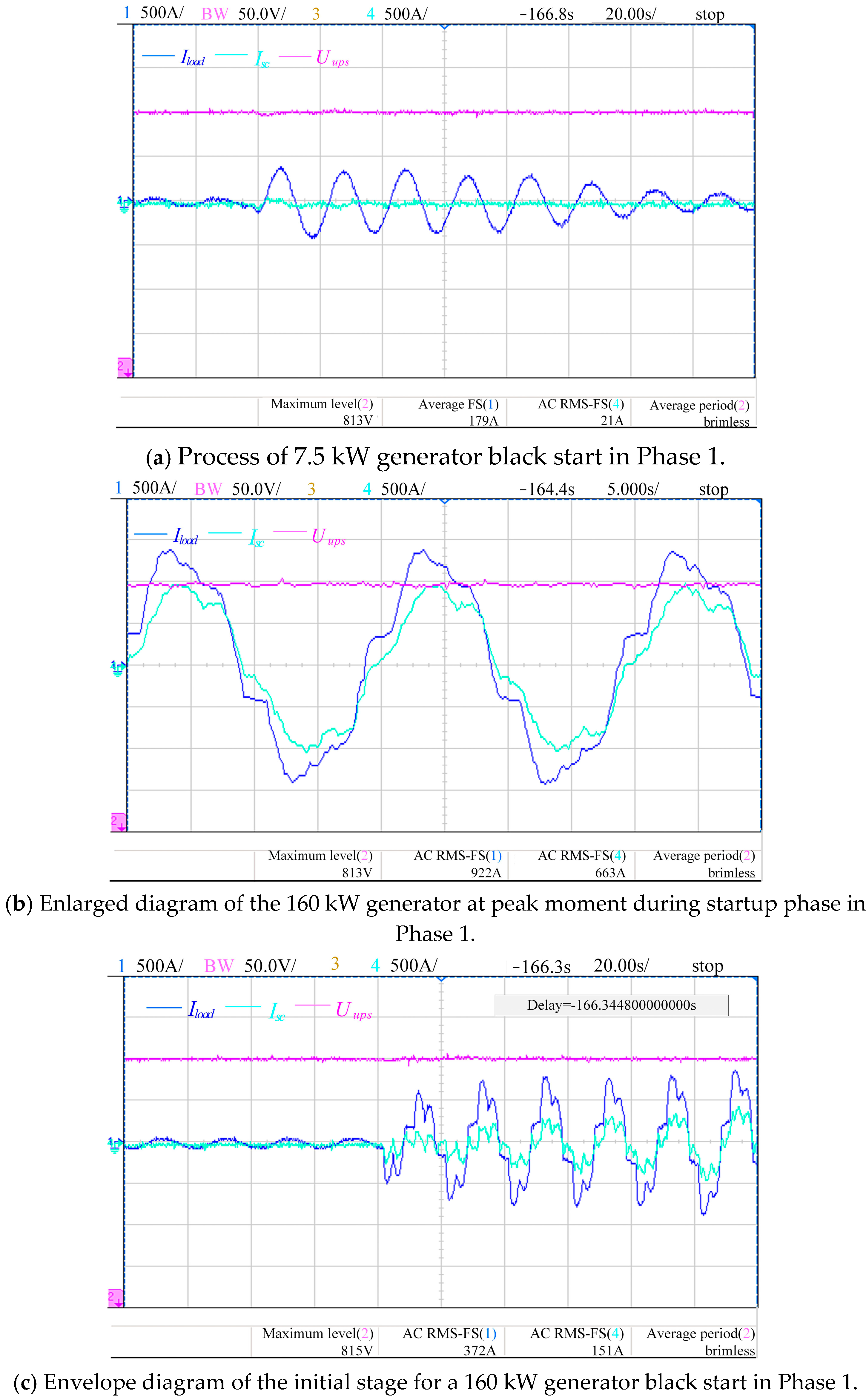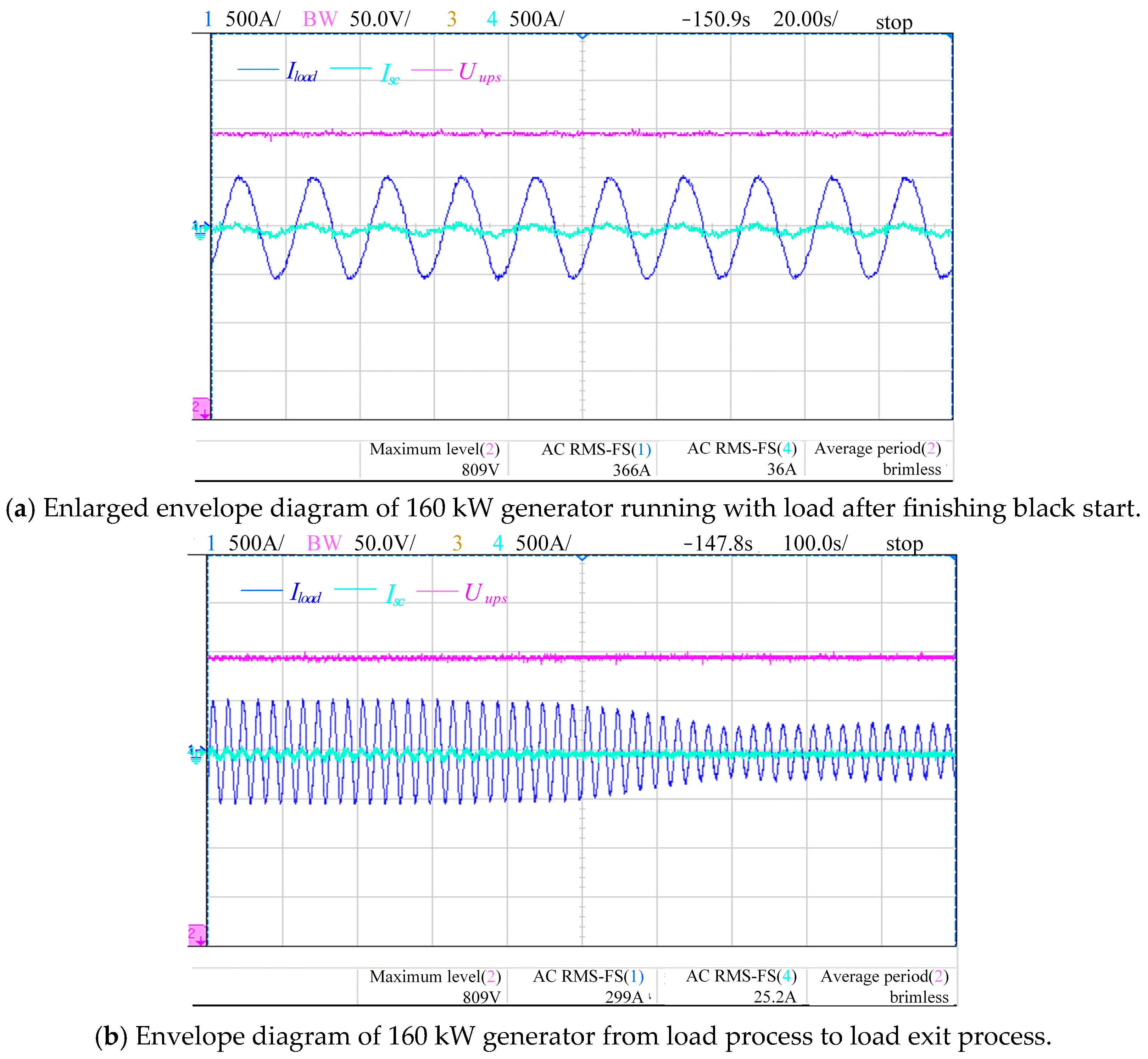1. Introduction
In order to achieve carbon neutralization and carbon peak as soon as possible, building a new power system composed of distributed generation, and energy storage and load has become an important measure for promoting the construction of a modern energy system [
1]. With the rapid development of power grid technology, the demand of energy is rising, and the penetration of renewable energy increases with the expansion of the power system scale. However, the fluctuation in renewable energy and the complex power system structure will reduce the robustness of the power system, and the reliability and stability of the power system are facing enormous challenges [
2]. In recent years, due to local fluctuations, equipment failures, and network attacks, the risk of large-scale power failure has increased. Multiple large-scale power outages in regions such as the United States, India, and Brazil have resulted in significant casualties and economic losses [
3]. In 2016, a severe storm triggered a statewide blackout across South Australia, resulting in extensive impacts. As one of the emergency response auxiliary services of the smart grid, black starts can realize a fast power supply and minimize social losses, and it is a key link to realize power recovery [
4]; it is also an important measure for achieving the stable operation of the new power system. In the black state, selecting a black start power supply with a self-starting ability is the first task. At present, water turbine units and thermal power units are widely used as a black start power supply in the traditional power grid [
5]. However, the traditional scheme has a poor self-starting ability, it is limited by regional resources and investment costs; once a serious power outage occurs, it is difficult for the traditional scheme to meet the fast and economic black start requirement [
6].
Energy storage is the key link for connecting the power supply and load, and it plays a positive role in solving energy consumption, peak shaving, and frequency regulation. A reasonable control strategy can provide an emergency power support. As a new energy storage technology [
7,
8], a grid energy storage system provides a new black start path for the power system. Therefore, grid energy storage is often used as an uninterruptible power supply (UPS), and it is highly regarded in the field of black starts in power systems.
Taking the Wudongde hydropower station as the research background, as a common energy storage device, the electrolyte of lithium batteries is an organic solvent, and this solvent has a low thermal stability, so it is prone to thermal runaway and explosions in harsh environments [
9]. The safety of black starts in hydropower stations cannot be guaranteed. Because lead-acid batteries use a chemically stable sulfuric acid as the electrolyte, it is used as an emergency power source in practical engineering projects such as the Hualong one nuclear power plant and African communication base stations, and the security and reliability of the system have been improved. Due to the fact that the hydroelectric units of the hydropower station are buried underground, from a safety perspective, lead-acid batteries have become a common and safer UPS solution. Although LABs have a higher energy and power density, their response speed, cycling characteristics, and efficiency are relatively low. When the UPS fails, if there is no other power source with which to cooperate, the reliability of the power system black start cannot be guaranteed.
As an emerging electrochemical energy storage, super capacitors (SCs) can solve the limitations of LABs, and it has good development prospects. SCs can be mainly divided into three types: double layer capacitors, Faraday quasi-capacitors, and high-voltage ceramic capacitors. Double layer capacitors are the most common in industry, and it is mainly composed of electrolytes, electrodes, and insulation layers. Fundamentally, the SC combines the energy storage mechanisms of electric double-layer capacitance (EDLC) and pseudo-capacitance [
10]. After the electrode is immersed in the electrolyte, due to electrostatic interactions, the surface of the electrode interacts with ions in the electrolyte, and a double layer structure is formatted. During charging, the positive electrode adsorbs anions from the electrolyte, while the negative electrode adsorbs cations. During discharge, ions detach from the surface of the electrode and release electrical energy. The entire process relies on physical electrostatic adsorption to store electrical energy, and it avoids the collapse of the electrode material structure caused by chemical reactions inside the LAB. The SC shows an extremely low energy loss, and its energy efficiency can reach over 95%. When the pseudo-capacitive mechanism is activated, the SC utilizes fast and reversible redox reactions to store additional charges. Due to the short reaction pathway and highly reversible process, compared with the electrochemical characteristics of the LAB, the SC has a faster response speed (millisecond), higher power density (At least 10 kW/kg), and higher charging and discharging rate (supporting a continuous rate of 30C). After 10,000 consecutive charge and discharge cycles, it exhibited a 96.7% cycle stability [
10,
11]. Because the energy density of the traditional SC is lower than that of the LAB, researchers use materials with a high conductivity, high specific surface area, and high porosity such as activated carbon, carbon nanotubes, and graphene to construct electrodes. These materials can provide a large number of adsorption sites, and the energy storage capacity of the SC can be increased. In order to maximize the energy storage efficiency of the SC, Refs. [
12,
13,
14], respectively, use metal organic frameworks, biomass-derived carbon materials, and Nb-δMnO2@CC to construct electrodes, and the energy density and power density of the SC have been significantly improved.
Although energy storage can compensate for the shortcomings of traditional solutions, with the expansion of the power system scale, it is easy for the initial stage of the power system black start to generate significant surge currents, and its value is much higher than the rated starting current. If only the LAB is used to provide energy for the black start in the power system, it is necessary to configure a larger capacity to support the surge current, and this method leads to an increase in the initial investment costs for power companies, but, at the same time, the energy utilization rate is reduced. In addition, the LAB is limited by its electrochemical properties, and it cannot meet the fast black start requirements and long-term cycles of the new power system. More importantly, once a system failure occurs during the black start period, the branch where the equipment is located cannot function, and the reliability of black starts in the power system has been reduced, which may cause serious socio-economic losses. According to the introduction of the SC, it can be found that the SC can quickly provide high-power support in a short period of time by using a smaller capacity. However, due to its low energy density, it is unable to provide long-term black start electrical energy. Therefore, for power companies, combining the complementary electrochemical characteristics of the LAB and SC, building an HESS black start system can compensate for the shortcomings of the commonly used black start unit, and the high energy density and power density output can be achieved [
15]. This method can effectively improve the response speed of black starts, and ensure the reliability and stability of the power supply, and it plays a very important role in improving energy efficiency and economy, and has practical application needs.
In the field of energy storage black starts, some scholars have started some relevant research. To ensure the stability and reliability of black starts, selecting the appropriate scheme plays an important role. A double-layer capacity allocation model based on a cooperative game was designed in [
16], and it solved the problem of the instability of the black start power supply and realized the economic benefits of black starts. Based on the starting characteristics of wind turbines, Li et al. [
17] established a hierarchical planning energy storage configuration model, and this model not only includes the optimization of the energy storage capacity configuration and energy storage layout, but also considers the impact of reactive power changes and designs the start-up sequence of turbines. Based on the copula function, the capacity of energy storage is reasonably allocated, and the smoothness of the wind farm power fluctuation and the economy of black starts are improved [
18]. A hybrid hydrogen energy coordinated control strategy was proposed in [
19]; based on the characteristics of the battery state and hydrogen storage state, fuzzy control is used to optimize power allocation, and it ensures power balance during the black start phase. Although these methods can improve energy efficiency and, to some extent, enhance economic efficiency, they are all optimizing the allocation of independent battery energy storage under ideal black start conditions; the impulse current during the initial stage of the black start was not taken into account, and the economy of black starts is still constrained. Meanwhile, in the face of a complex power system, only relying on top-level configuration schemes cannot meet the temporary steady-state performance of black starts.
Regarding the black start control strategy, the common control strategies of energy storage systems include V/F control, droop control, PQ control, and the VSG [
20]. The dynamic performance of battery energy storage during the black start is analyzed in [
21], and the contribution of energy storage to black starts is determined. Regarding the time synchronization issue of black starts, Ref. [
22] analyzed the mechanism of the time synchronization system and the factors affecting the black start time, and proposed an optimization method based on the SC, and the consumption time of black starts was effectively reduced. Some scholars analyzed the stability of the frequency and voltage, and an energy storage black start control strategy was proposed in [
23] to support power recovery. Ref. [
24] improved a control system of the energy storage inverter, effectively reducing the feeding current and attenuation characteristics. Ref. [
25] proposed a frequency control strategy for grid-based energy storage, and the integral feedback loop effectively compensates for the frequency deviation during the black start phase. Refs. [
26,
27,
28] comprehensively considered the impact of distributed energy, and quickly evaluated the spatiotemporal support capability of the multi-energy black start, and the coordinated control of energy storage and new energy avoids black start faults. Xing et al. [
29] used the VSG to synergistically control the HESS and wind turbines, and power compensation and energy balance during the black start phase have been achieved. Siemens Energy offers a comprehensive commercial solution for the BESS: Qstor
TM BESS. This solution enables the BESS to integrate hydrogen and black start functions; by managing battery energy storage, real-time monitoring, accurate temperature regulation, and continuous battery health maintenance can be achieved, and it can respond within 50 ms and extend its service life to 20 years.
Although the above methods have improved the stability and responsiveness of the energy storage black start system to a certain extent, they all rely on the BESS as the black start power source, and all of them output electrical energy in the form of voltage sources, lacking a flexible current limiting capability. In addition, most of the above solutions are based on droop control methods and PI controllers to control a single instance of energy storage, and there is relatively little research on the black start control strategy of the HESS; the temporary and steady-state effects of control parameters on the control system have not been considered, and it is impossible to predict the possible fluctuations in the power system.
The integration scheme of the UPS and SC energy storage device often adopts the scheme of DC side access; in this scheme, in order to cope with the current shock at the initial stage of the black start, an increase in the UPS and SC capacity leads to an increase in the converter cost. In contrast, the AC side access scheme can effectively reduce the economic cost.
In summary, most existing power system black start schemes use a separate LAB as the black start power source, and most control strategies use energy storage as a voltage source to participate in black start coordination. However, this solution cannot guarantee the high reliability of black starts in complex power systems. Faced with large surge currents, it lacks the ability to limit the amplitude, and the low cycle and slow response of the LAB restrict the dynamic characteristics and economy of black starts. Meanwhile, the control parameters set based on experience cannot adapt to the complex and ever-changing power system, which may affect the stability and efficiency of the energy storage black start system. At present, there are few studies that use the SC as a current source to participate in power system black starts, and there is limited research on control strategies for the HESS based on the SC to participate in power system black starts.
Based on the above issues, a HESS black start control strategy for power systems based on the SC is proposed. The main contributions of this paper are summarized as follows:
Propose a HESS black start system structure with a direct parallel connection on the AC side. The LAB provides long-term rated power as the main power source, and the SC serves as a current source to provide an additional surge current in the initial stage, and the economy of HESS black start has been effectively improved.
Propose an adaptive control strategy based on the VSG and MPC. Adaptively adjust the control parameters based on frequency and angular velocity deviation; the goal is to minimize the error between the reference current and the output current, and, by controlling the output current, the response speed and robustness performance have been improved.
A generator power level identification model has been proposed. Based on the characteristics of the starting current, it is possible to achieve an accurate identification of the starting generator in the power system at the ms level, and the resource allocation of the hybrid energy storage black start system has been optimized.
Selecting generators of different power levels in the power system for black start testing, real data is compared and summarized, and the good control effect of the proposed black start control strategy in different typical scenarios has been proven.
4. MPC-VSG Adaptive Fast Response Control
The PCS can improve the reliability of black starts in power systems by responding quickly to the current. The double closed loop with a PI controller is often used in traditional VSG control systems. However, when the generator or the HESS has an external disturbance, it is difficult to adjust the output currents quickly, and this results in a longer dynamic response. The MPC can effectively predict system states and achieve fast current tracking through the real-time optimization of control inputs. When the adaptive VSG is combined with the MPC, it can significantly improve the system robustness and dynamic performance.
As shown in
Figure 9, the MPC can establish a discrete prediction model to predict controlled variables such as the power, voltage, and current. The state deviation between the actual output and the predicted state is used to correct the target model.
According to the analysis of the MMC inverter, the switch status signal
S of the SM can be defined as follows:
In Equation (26), x = u or p, and this indicates the upper and lower arm of the single-phase inverter. y = a, b, c, and this indicates the phase of the inverter. is the index of the submodule of the inverter single arm.
The three-phase voltage of the system can be expressed as follows:
vcm represents the capacitance voltage of each SM.
Assuming that the equivalent resistance of each arm is
R, the equivalent inductance is
L. The upper and lower arm currents are
iuy, and
iny, and the upper and lower arm voltage are
vuy, and
vny. The phase current is
iy. The phase voltage can be obtained as follows:
, and the output voltage of inverter is as follows:
Therefore, the output voltage of the PCS can be controlled by the switch variable Sxyi.
vyN is taken as the three-phase voltage on the power grid, and the dynamic equation of the three-phase current is constructed as follows:
because of
According to Equation (29) to Equation (31), we can obtain the following:
. The forward phase difference method is used to discretize the differentiation of the current, and
Ts is the sampling period.
The predicted current value
of the PCS at the (
k + 1) moment can be obtained at the
k moment:
The current prediction values obtained from Equation (31) are transformed via park transformation to derive
and
. According to the principle of the HESS, during the black start, the PCS needs to calculate the reference current through the reference module, and the reference current
is formulated as follows:
Similarly,
is transformed to
and
. To achieve the fast current tracking of the HESS, the objection function of the MPC is formulated as follows:
Based on Equations (31) and (33), the collected output voltage and current are fed into the prediction model to forecast i’(k + 1). Combined with the output current of the adaptive VSG, these predicted values are incorporated into the objection function. Minimizing the F is taken as the goal, and the optimal switching sequence Sxyi is generated through multiple optimization iterations. This sequence is then actuated through the PCS to finish the rapid current response during the black start.
5. Generator Black Start Power Identification Strategy
After the power system is completely paralyzed, it is necessary to reconstruct the power supply path through a self-consistent approach. However, as the main power source during the black start process of the power system, if the start-up electric energy is directly provided to its power plant, the energy storage black start device requires a large capacity configuration, and the feasibility and economy of this method are relatively low. In the initial stage of the black start in the power system, the generator is used as an auxiliary power source to supply power for important loads; at the same time, it can provide the initial start-up electric energy to the main power supply, and the power supply path is gradually being restored. Therefore, the black start of generator is the core of rebuilding the power supply network of the power system. At present, the types of generators are diversified. The different power level of the generator has different requirements for the power supply. The power level of the generator can be accurately and quickly identified through a characteristic analysis of the generator startup currents, and the resource matching efficiency and reliability of the black start can be significantly enhanced.
The starting current is affected by the instantaneous inductance, and it exhibits typical transient characteristics. The sampling interval is T
s, and the sampled generator startup current can be expressed as follows:
During the black start phase, different generators have different peak currents. By capturing the maximum value of the current, a preliminary judgment can be made on the power level of the generator. The peak current is defined as follows:
The power level of the generator determines the time required for the starting current to rise to its peak value. The inductance and inertia of high-power generators are relatively large, which leads to a longer rise time of the current.
trise is defined as the duration required for the current to increase from 10% to 90% of its peak value, and it can be expressed as follows:
n1 and n2 are the sampling values corresponding to 90% and 10% of the Ipeak, respectively.
The current rise rate of the high-power generator is small, and it can be expressed by the rate of the current change before the peak value.
npeak is the sampling point that reaches the peak value, and
nstart is the sampling point where the current starts to rise. The attenuation rate is related to the generator power level. The higher the power, the slower decay rate of the generator. Let
nfall denote the sampling point when the current decays to a specified threshold, and the startup current decay rate model is as follows:
The time constant can also describe the attenuation characteristics of the current, and high-power generators have large transient time constants.
The radial basis function (RBF) neural network is a feedforward neural network. Compared with other feedforward neural networks, the RBF has better approximation performance and global optimality. Because of its simple network structure, it has a faster convergence speed and it can meet the requirements of generator power recognition at the ms level.
The structure of the RBF neural network is shown in
Figure 10. It consists of three layers of network structure: the input layer, hidden layer, and output layer. The input layer receives the feature vector
x, and each input node corresponds to a specific input feature. The hidden layer consists of multiple RBF nodes, each applying a radial basis function to nonlinearly transform the input features. The common radial basis function is the Gaussian function, and it can be expressed in the following form.
represents the center of the
j-th node, and
is the variance of the Gaussian function. The input node vector
x can be linearly weighted to obtain
y. When the linear weight of the output layer is
, the RBF output model is expressed as follows:
A power-level identification feature database is established based on Equation (36) to Equation (41). For a system which contains M kinds of generators, the input feature vector for each generator is .To accurately model the complex nonlinear characteristics of the startup current, an ensemble RBF (ERBF) algorithm is employed for data-driven modeling. By injecting noise, multiple RBF models are generated and their outputs are integrated to enhance the model robustness and generalization capability.
Gaussian white noise
is added to the input features
x, and multiple different noisy datasets
can be obtained.
is utilized to train RBF networks, so that the adaptability of the model is enhanced. The mathematical representation of this process is formulated as follows:
Each network learns different characteristics of the current, and the corresponding prediction results can be output. The output of an individual RBF network during this process is denoted as follows:
The weighted average current model is expressed as follows:
P denotes the number of RBF networks generated via noise injection. represents the weighting coefficient for each RBF network, subject to .
The feature vector
is fed into the ERBF model. According to Equation (45), we can calculate the distance between the characteristic vector of the tested generator and the vectors in the database. The index m corresponding to the minimum distance identifies the power rating.
6. Experiment Results
To verify the superiority of the method proposed in this article, a small simulation model was built on the MATLAB (R2018a) simulation platform. When t = 2 s, the reference current of the HESS increases from 5 A to 7 A, traditional PI control, the VSG, and the VSG/MPC are, respectively, used to track and control the current, and the current waveforms output by the three control methods are shown in
Figure 11.
It can be clearly seen that traditional PI control is affected by the lag in the integration process, and the response speed to the reference current is the slowest; at the same time, the current is accompanied by significant fluctuations, and the maximum current error have reached 0.8 A. Under the influence of the VSG control strategy, the current can reach the reference current value within 0.18 s. Compared with the PI control, its current fluctuation is lower. The control strategy proposed in this article has the fastest response speed, and it can achieve current tracking control within 0.15 s, and the maximum current deviation is only 0.25 A.
Taking the 160 kW demand scenario as an example, the LAB and SC are used separately to provide the black start power. According to
Table 2, it can be seen that, if the LAB with a 0.2c charge rate is used to support the starting current of a 160 kW generator, the required capacity for the configuration is 800 kWh. If the SC with a 5c charge rate is used to support the starting current of a 160 kW generator, the required capacity for the configuration is 36 kWh. Although the unit price of the SC is much higher than that of the LAB, the SC only requires a very small capacity to meet the same surge current, and the total cost of ownership (TCO) under this scheme is reduced by 79% compared to the traditional scheme. The proposed plan effectively reduces the energy waste rate and has better economic viability.
Based on the proposed control strategy and system architecture, a hardware circuit platform is established. In the test case, the rated power of the PCS is 800 kW, and the rated power of the UPS is 400 kW. There are a total of three generators ready for the black start. The power of the generators is 160 kW, 75 kW, and 7.5 kW, respectively.
Figure 12 shows generator current
Iload, and compensation current
Isc of the PCS and voltage of the UPS during the 75 kW generator black start. The rated current of the 75 kW generator is 150 A; once the starting current exceeds the rated value, the PCS activates the rapid reference current tracking control. It is worth mentioning that, due to the proposed algorithm not compensating for harmonics, there is distortion in the output current. According to
Figure 12b, the maximum starting current reaches 507.5 A, and the transient peak nearly reaches 800 A. At the same time, the compensation current output by the PCS is 354.9 A. In
Figure 12c, upon completion of the 75 kW generator startup, the PCS quickly stops outputting the compensation current, and the black start of the power system is completely taken over by the UPS.
The voltage and current waveforms during the black start of the 160 kW generator are shown in
Figure 13. The trigger value for the PCS output compensation current is set to 150 A. The envelope diagram of load current
Iload, UPS voltage
Uups, and PCS compensation current Isc is shown in
Figure 13a. The experimental result that is shown in
Figure 13b indicates that the maximum RMS of the current reaches 921 A, and the compensation current output by the PCS reaches 816 A. This indicates that the proposed control strategy has fast and accurate compensation following characteristics. According to
Figure 13c, when the starting current returns to the rated value, it indicates that the 160 kW generator has completed starting. At this point, the compensation current of the PCS decays to 0 A, and the UPS continues to output electrical energy to support the normal operation of the generator.
The combined black start process of the 7.5 kW, 160 kW, and 75 kW generators is shown in
Figure 14. The compensation current trigger threshold of the PCS is set to 270 A. In this experiment, the startup sequence is divided into two phases. In Phase 1, the 7.5 kW and 160 kW generators are continuously started. After the 7.5 kW generator is started, the 160 kW generator is immediately started. After a period of stable operation, Phase 2 begins to achieve the black start of the 75 kW generator.
As is shown in
Figure 15a, the maximum RMS of the 7.5 kW generator current is approximately 250 A, and it is still below the PCS compensation threshold. The UPS can provide stable electrical energy for the generator independently. After the 7.5 kW generator is started, the maximum current and initial current of the 160 kW generator is shown in
Figure 15b and
Figure 15c, respectively. The peak RMS current during startup measures 922 A, which exceeds the 270 A threshold. The compensation current output by PCS is 663 A, and this value is almost consistent with the UPS load target value set by the system. The experimental results in
Figure 15c indicates that the initial current of the generator has exceeded the set value; at this time, the PCS begins to cooperate with the UPS, and it can closely follow the trend of the starting current to track and control the compensation current.
In Phase 1, after the 160 kW generator is started, the load is connected to verify the effectiveness of the black start strategy.
Figure 16a and
Figure 16b show the black start curves of the 160 kW generator with load and without load, respectively. According to the experimental results, it can be found that the current of the generator with load is 366 A, and it has exceeded the limit value. At this time, the compensation current of the PCS is 36 A. Because the current is small, there is a certain amount of error. After the load is removed, the current output by the PCS decreases as the generator current decreases. According to the experimental results, it can be found that the control strategy proposed can ensure the fast current response of the HESS black start and achieve the smooth output of the HESS.
In Phase 2, the 75 kW generator is ready to start. As shown in
Figure 17, the total starting time for the 75 kW generator is 5 s, and the maximum starting current reaches 750 A. As the starting current decreases, the current output by the PCS also gradually decreases. When the compensation current decreases to 0 A, it indicates that the generator has completed starting.
The analysis of
Figure 12,
Figure 13,
Figure 14,
Figure 15,
Figure 16 and
Figure 17 demonstrates that the HESS black start system, guided by the proposed generator power-level identification strategy, achieves rapid and accurate generator recognition based on the starting current signatures, thereby enabling the robust multi-stage coordinated control for generator black starts.
